In our last piece, we’ve shed light on the demand side of tokenomics. We’ve looked into the buying point, meta-demand, and market analysis to see what influences a token’s demand and its price.
We want to take this further by looking at tokenomics more comprehensively.
Supply and demand are often analyzed separately. This overlooks the connection between supply and demand, leaving an incomplete picture. We call our more comprehensive approach token flow analysis.
Tokenomics is the design of the token flow, which includes the distribution of tokens to different parties. It is important to ensure that the distribution is balanced as too many tokens flowing to investors might result in selling pressure. The utility of tokens determines the conditions under which they flow from users to other parts of the ecosystem. This is crucial to keep the tokens within the system.
Token Flow Model
Generally, these flows can be represented as follows:
The model consists of the following components:
Flows: token inflow into the ecosystem, token outflow out of the ecosystem (to the secondary market), and the inside flow of the token within the ecosystem. If too many tokens flow out of the ecosystem, it may create selling pressure.
Ecosystem is where the product, stakeholders, tokens, and other components of a specific project interact.
Supply origin is the token's origin and the token flow's start. It includes the genesis release (how many tokens will flow at the beginning), periodical release and distribution (how many tokens flow to whom in a given period), etc.
Incentivization is attaching a reward to a desired behavior. The reward is the tokens, which might come from supply origin, reserve, or treasury.
Stakeholders include investors, advisors, users, holders, and project team members. Different stakeholders tend to behave differently within the ecosystem. For example, investors are more inclined to sell tokens early rather than hold and use them, as ultimately, they need a return on their investment.
Hold can be defined as when stakeholders will not sell tokens on the secondary market. This is a favorable action for the ecosystem, so it’s classified as a separate behavior within the ecosystem. People hold in anticipation of price appreciation, and hold is one of the two inside flows that are initiated by stakeholders.
Utility of a token like staking, governance, payment, etc., is one of the two inside flows initiated by stakeholders.
Analysis of the model
We will mainly use the play-to-earn game Axie Infinity’s SLP token to conduct the analysis, answering three main questions:
How to prevent token outflow?
How to generate token inflow?
How do tokens flow inside the ecosystem?
Token Outflow
Insufficient token inflow leads to outflow, increasing selling pressure and dropping prices. The key to preventing outflow is to keep tokens circulating within the ecosystem.
How do we keep tokens flowing within the ecosystem?
The diagram displays three possible destinations for tokens: secondary market, utility, and hold. In the case of SLP, breeding Axies in-game character is a utility that encourages the flow within the ecosystem.
Token inside flow: Utility & Hold
How tokens flow from stakeholders to the utility can be translated to:
Why will people use a token?
To answer this question, we must first understand the essence of utility. People use a product or service because it brings them value. For instance, people use ketchup to make their dishes delicious. A token can help in accessing and capturing the value created by a product or service. The value of a product or service is captured to some extent in the share price of the company that produces it. Similarly, the value of the Ethereum network is captured to some extent in the ETH token.
What value can people get using a token?
Let's take a closer look at the SLP token. Its primary function is to allow players to breed Axies, which are the characters used in the game. Axies are valuable because they help players earn income. The SLP token is crucial as it enables players to breed new Axies. The value of the token is determined by the return on investment it provides. If it takes a long time to profit from investing in SLP, it may be less valuable.
A game also creates value for players by delivering a good in-game experience. The experience of playing Axie Infinity does not seem to be that good, and that might discourage people from using the token.
SLP prices fell 93% from all-time highs
If the product can create decent value, people would use the token to capture that value; that’s how tokens can flow from stakeholders to utility to keep token circulation inside the ecosystem.
Token Inflow
Keeping tokens flowing in and preventing them from flowing out drives up the price, influencing the willingness to hold.
What will drive token inflow?
Demand for the token comes from token utility and the product’s unique selling proposition (USP).
Our demand analysis concluded that a product's competitive advantage is the main driver behind generating token demand.
Many players in Axie Infinity breed Axies to compete in battles and make a profit in SLP. The SLP income received in the battle mode is fixed, but the amount of profit a player can get depends on the price of SLP. Players invest in Axies to earn a return on their investment and to enjoy the in-game experience.
The price of Axies is affected by the poor in-game experience, resulting in a lack of new players and a decline in price. As the price drops, it takes longer for users to start earning a profit with Axies. This could lead to a negative feedback loop in the long run, where the ROI becomes unattractive, fewer people buy, the price drops, the ROI decreases, and fewer people buy again.
It appears that Axie Infinity lacks a strong unique selling proposition to generate a steady flow of tokens. This will also have a negative impact on people's desire to hold the tokens. Without a steady inflow of SLP tokens, holding and utility will not be enough to keep tokens within the ecosystem, leading to an increase in token outflow and a subsequent decrease in price.
Incentivization
Token demand is driven by the product, but incentives increase its value by rewarding desired behavior.
Sameer Singh describes, in his article, how properly designed incentives can increase a product's utility. The product can deliver its USP, increase its value, make it more attractive to new users, and ideally generate token inflow.
Compound is a lending protocol that operates on a decentralized platform. It provides a competitive advantage to borrowers by giving them easy access to funds, with minimal background checks. This platform incentivizes lenders to provide funds into a pool by offering interest and COMP tokens. As more lenders are incentivized by COMP, they are encouraged to provide more funds, which increases the value of Compound. This, in turn, attracts more borrowers to the platform.
However, if token incentives cannot align with increasing product utility, the product’s value might not increase. It would be hard for the product to attract new users if it can’t increase utility.
Players in Axie Infinity are rewarded with SLP when they win battles within the game. However, this reward system may not necessarily encourage players to contribute to the overall ecosystem by increasing its utility. As a result, the value of Axie Infinity may not increase, leading to a lack of token inflow.
Token flow initiation: Supply Origin
The most important thing about the supply origin is whether it can be met by a matching demand. If not, tokens will flow out of the ecosystem.
How many tokens are distributed to whom?
Distribution is not just about who gets tokens, it’s also about allocating value to those who might create value in the future.
Suppose a project allocates a significant portion (e.g., 35%) of tokens to investors. Investors aim to make a profit as soon as possible, and they are likely to sell their tokens earlier than others since they purchase them at lower pre-IDO prices. As a result, if too many tokens are given to investors, a large amount of tokens will leave the ecosystem.
If a significant amount of tokens are allocated to those who create value for the ecosystem, such as Compound's lenders, they are more incentivized to increase product value, resulting in a higher flow of tokens.
Vesting is another option. If investors need to hold on to tokens for years, they will have skin in the game and contribute to the project.
The distribution of For's tokens is quite straightforward. All SLPs are given to players through a play-to-earn mechanism. Players who are focused on making a profit from the game rather than enjoying the gameplay itself, tend to sell their tokens. This simple distribution model results in tokens flowing out of the ecosystem naturally.
How many new tokens emit at what time
Token emissions and vesting schedules can impact token outflow. If a large number of tokens are emitted in a given period and demand for using and holding those tokens cannot keep up, the tokens will flow out of the ecosystem.
SLP doesn’t have a predetermined emission schedule and no supply cap. It flows to players at a fixed amount whenever they win battles or trigger other tipping conditions. If not many new users join and play the game, the supply exceeds token demand. Eventually, the SLP flows out and causes the price to plummet.
A better way for SLP would be to introduce a token-burn mechanism and control the emission rate. So the newly issued tokens can match the token demand.
Conclusion
We’ve tried to analyze tokenomics comprehensively, using Axie Infinity’s SLP token as an example.
Key takeaways are:
Supply origin will heavily affect token outflow when not met by sufficient demand.
Token inflow is mainly impacted by the competitive advantage of the product and incentive mechanisms.
Utility and hold keep tokens within the ecosystem, and they are the direct drivers of token inflow
Incentives influence a product’s value and, therefore, token inflow and outflow
The above diagram is a generic framework with questions about the token flow model that people can use when evaluating tokenomics. Other components could influence token flow, like market cap, which we might discuss in our next articles.





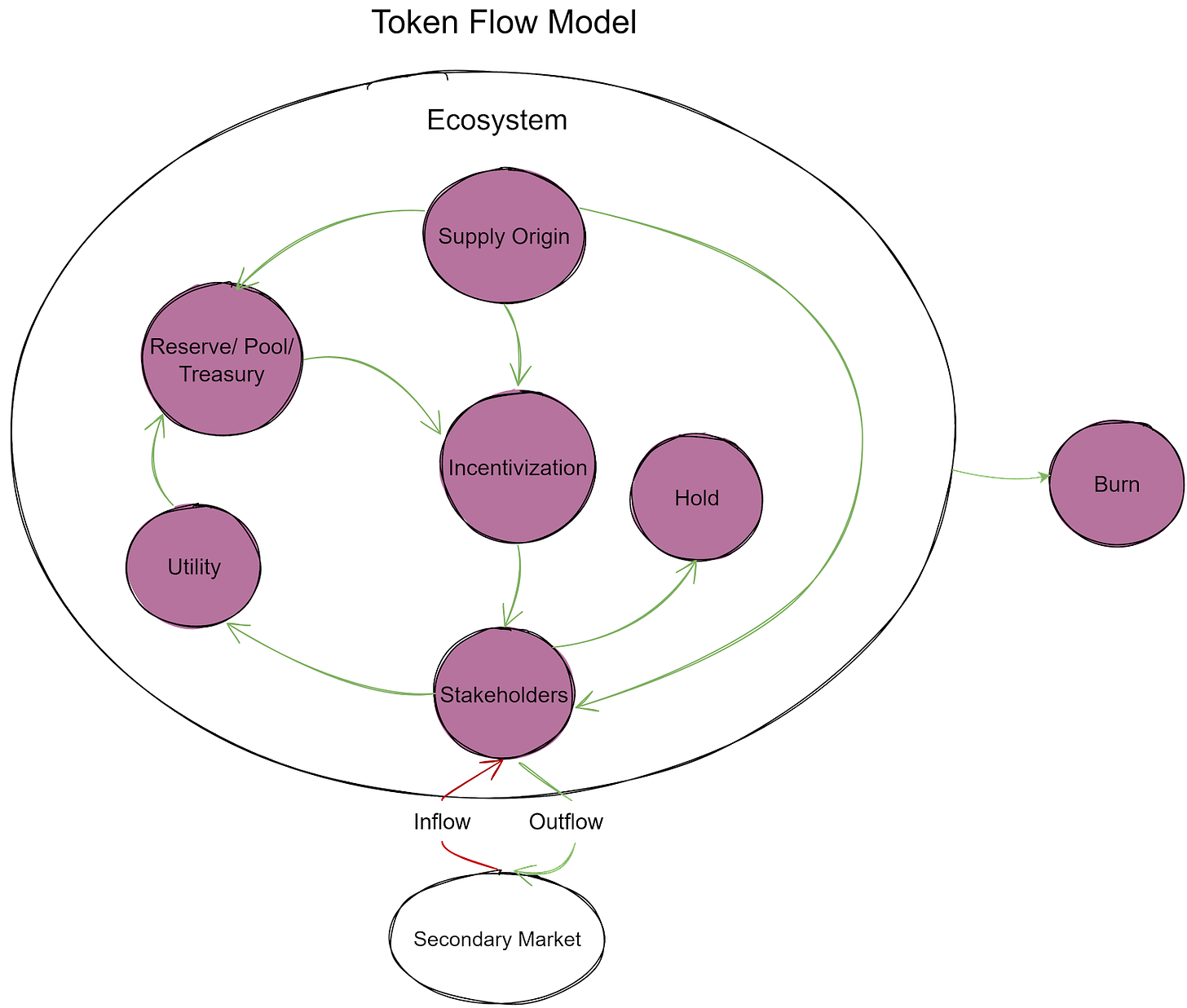

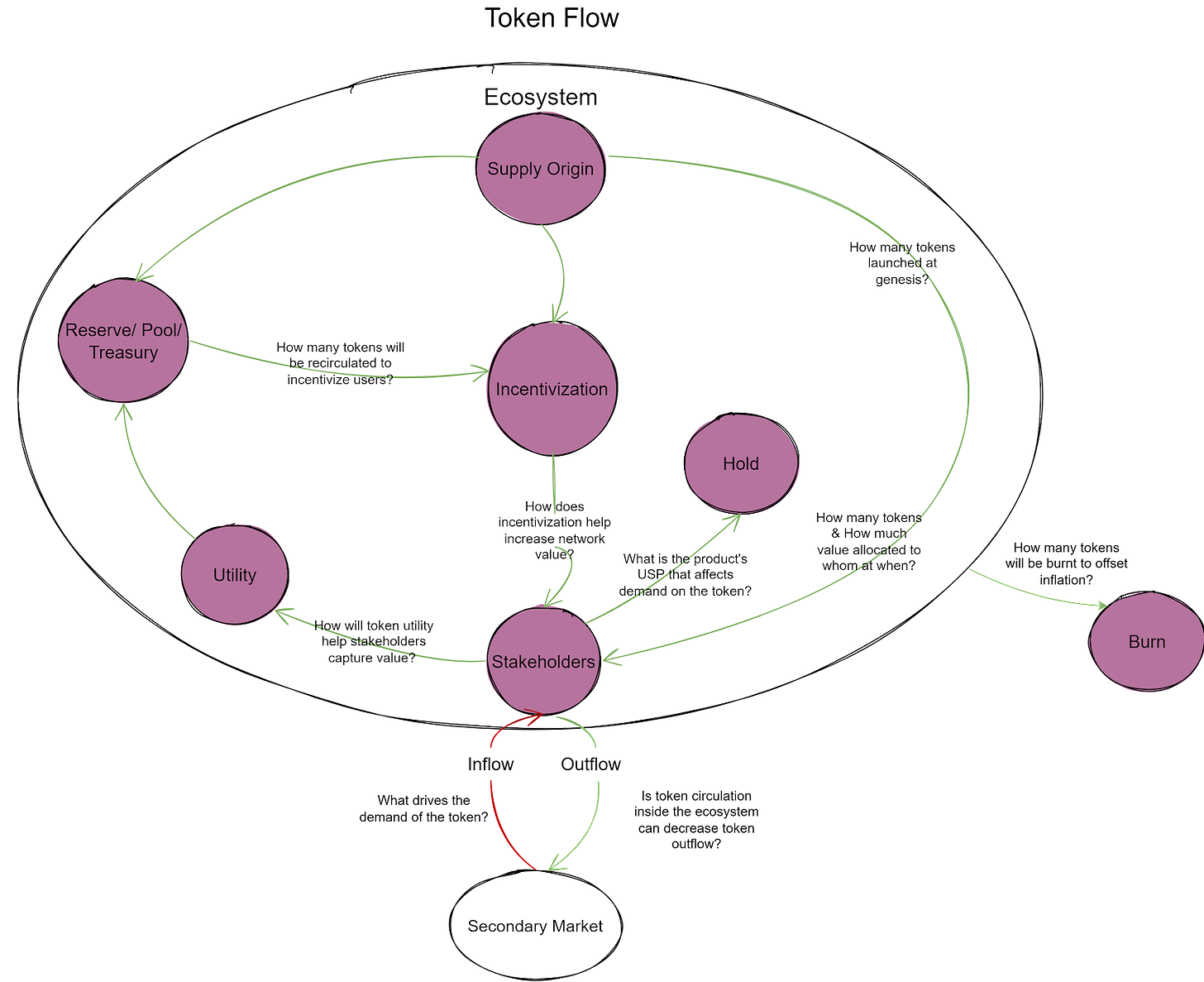




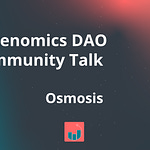

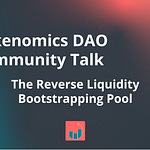
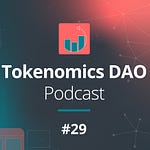

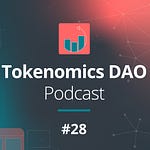
Token flow analysis: How supply and demand influence each other